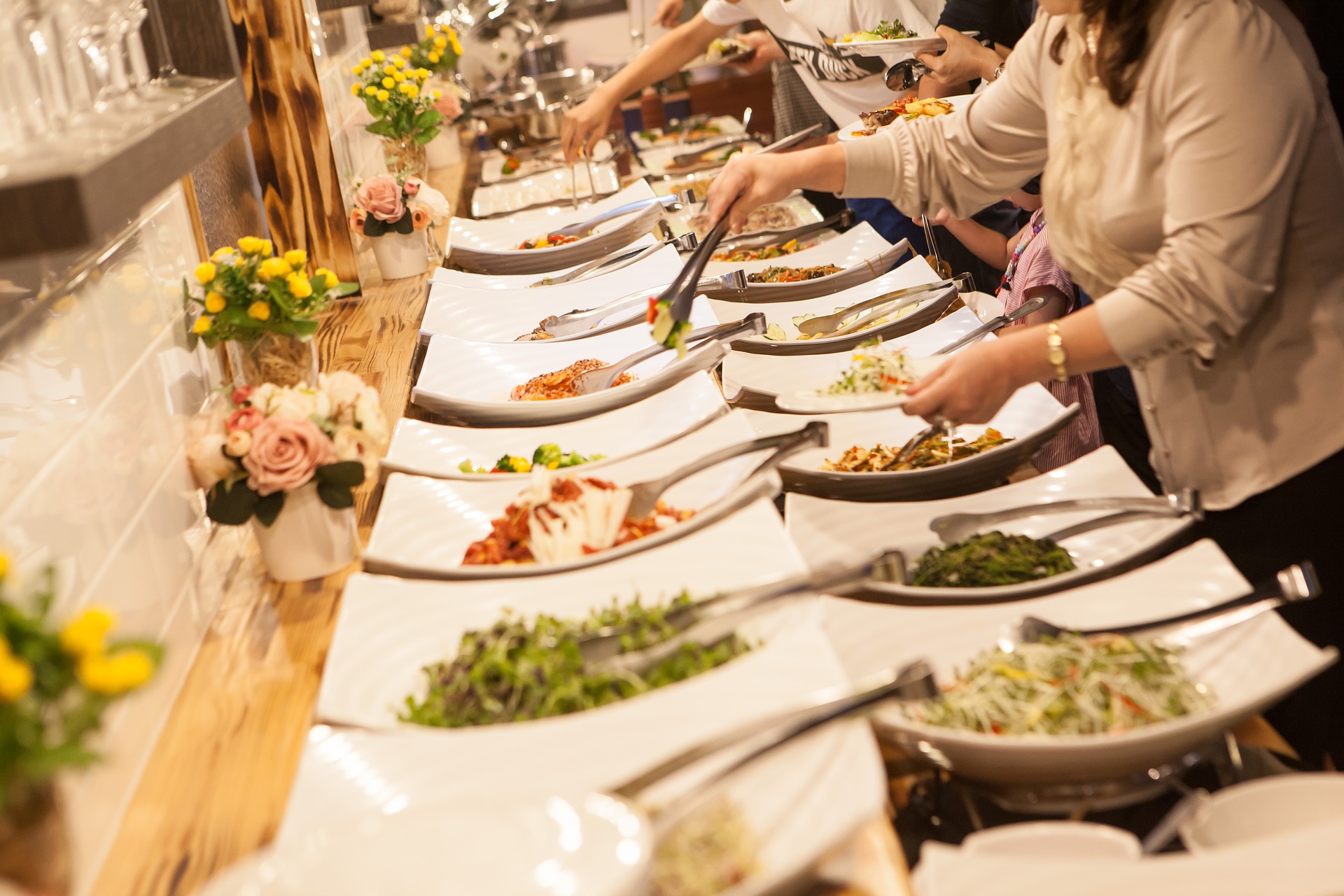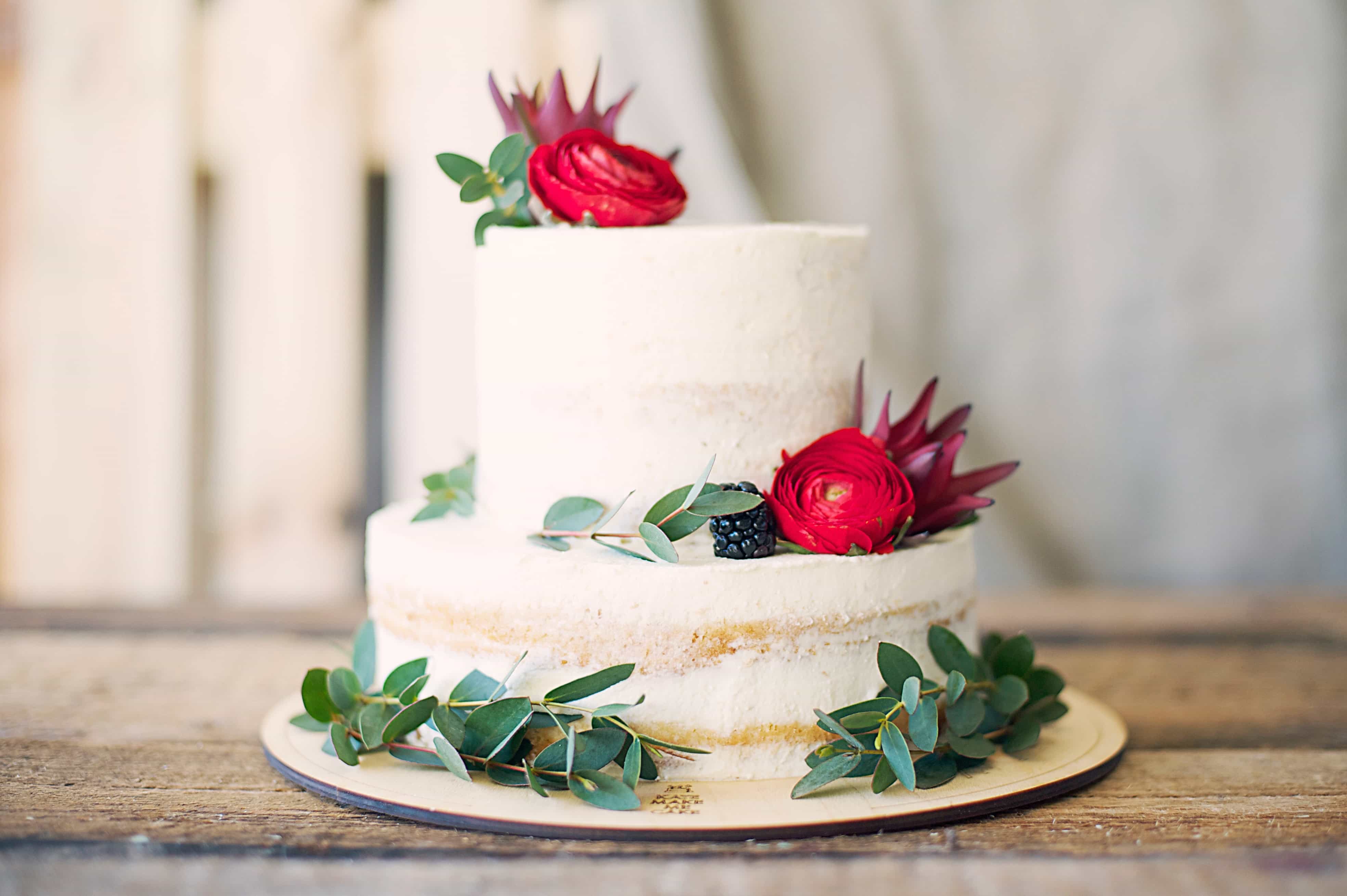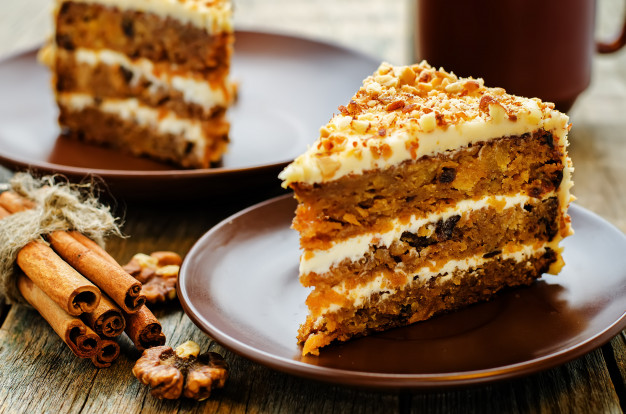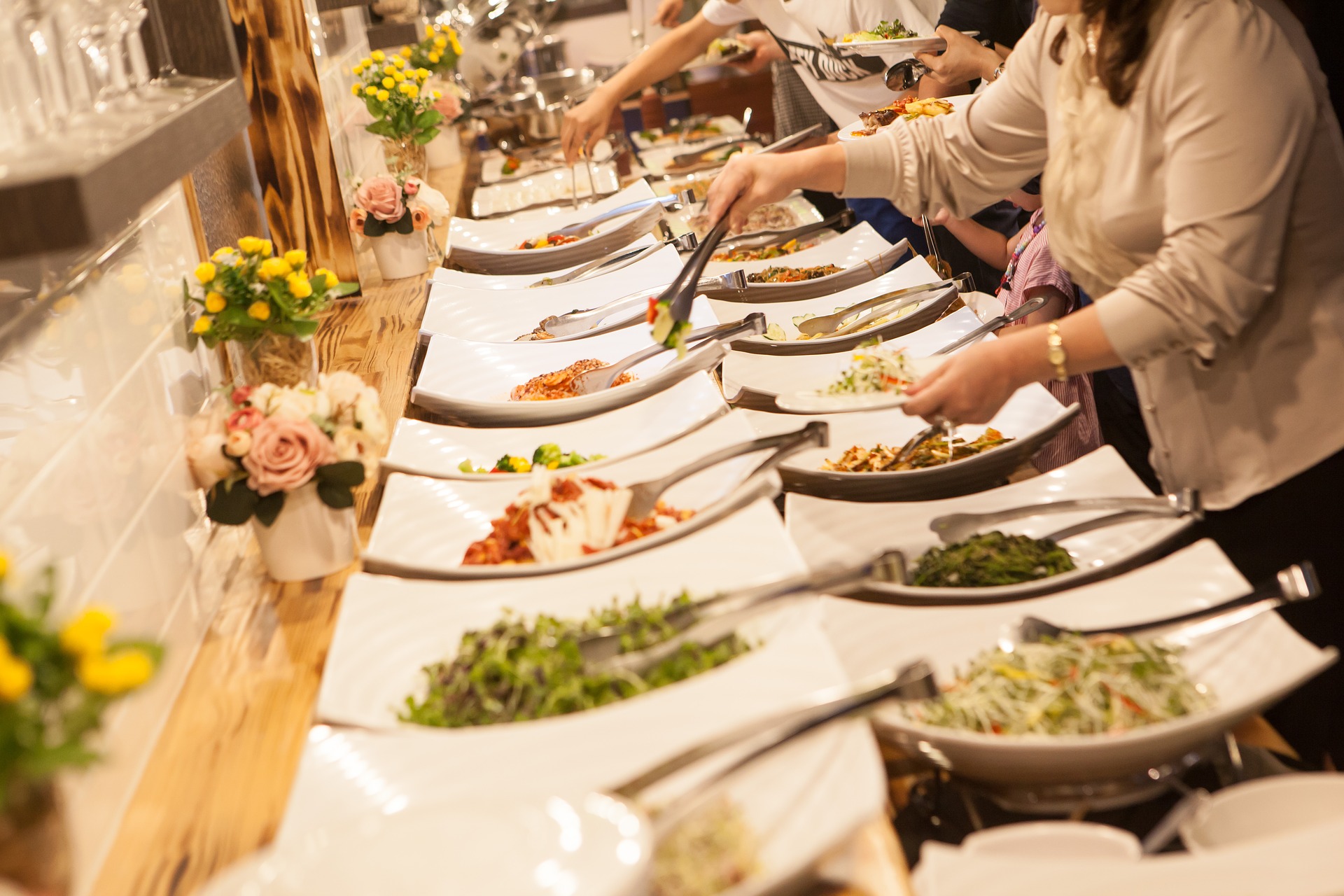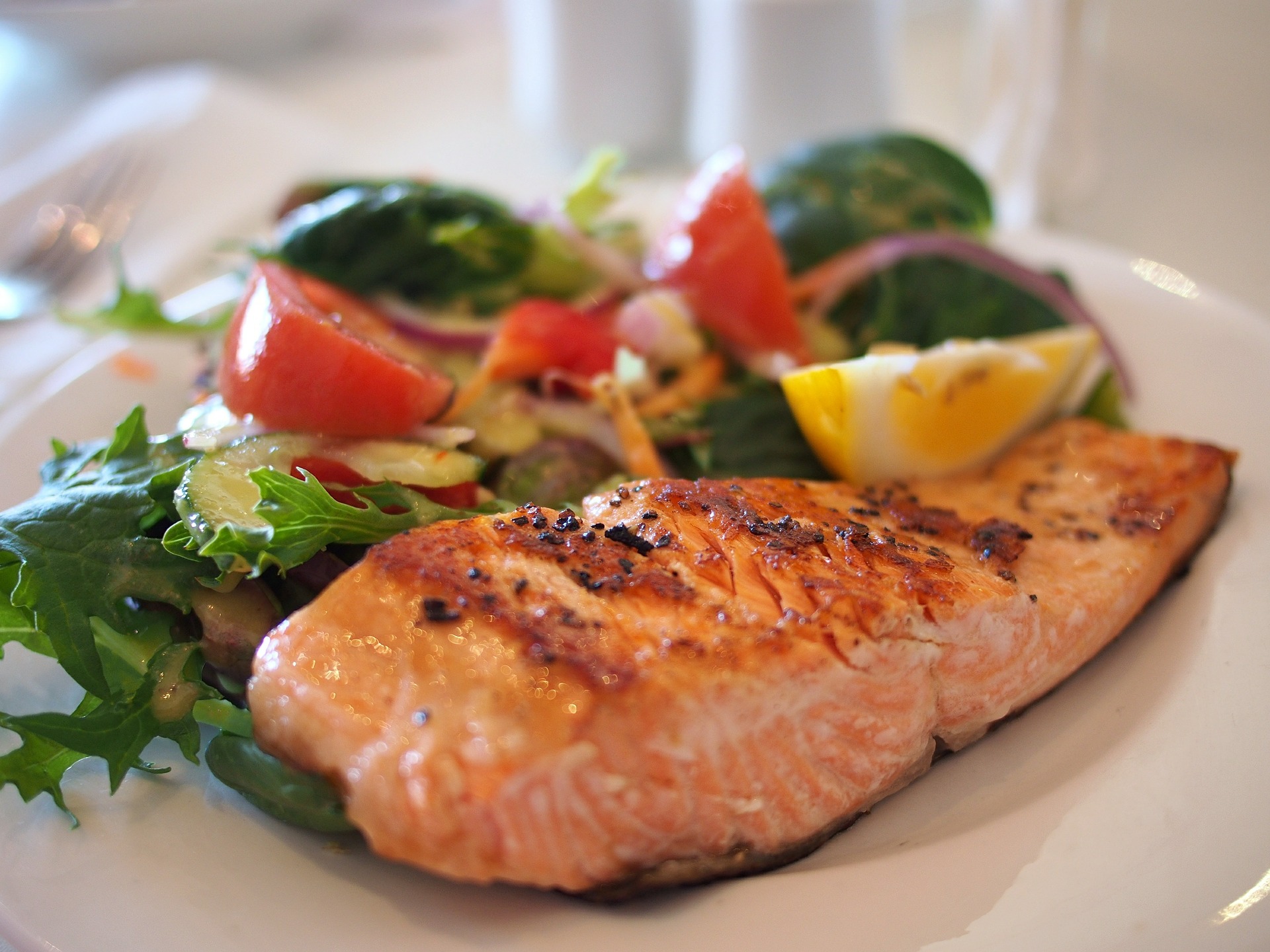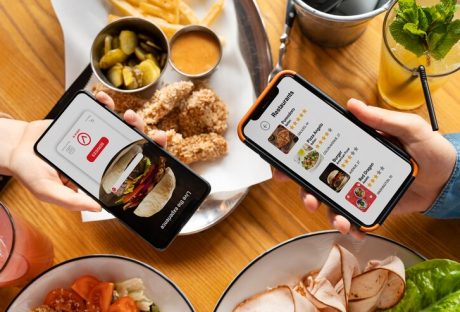Your wedding is the ultimate opportunity to celebrate the love you have for your spouse-to-be as well as the love and friendship you share with your guests. It’s the chance to get creative with your plans and show your guests how much you want them to have a good time and how much you appreciate them.
How do you give your guests a delicious meal without breaking the bank? Simply team up with an expert caterer and they can walk you through the best options for your wedding so you can showcase your personality and satisfy the stomachs of your guests. Want to know what you should skip and what you shouldn’t miss for your wedding food? Read on.
Don’t Miss It: Local Food Options:
Statistically speaking, your wedding is going to generate a decent amount of waste. Even if you only consider the food waste that comes out of preparing multiple meals as well as the plastic and glass that collects from the bar, that’s a sizeable amount of resources. Then if you think about the gas your guests will have used to arrive at the venue and the electricity that goes into powering your wedding, your nuptials will create an impact.
If you’re green-focused then you will have likely already considered sourcing your wedding food and drinks from local outlets. And even if the environmental impact of your wedding isn’t at the top of your list priorities, local options offer the promise of fresh food and unique types of drinks that your guests might not have had elsewhere.
Skip It: the Boring Buffet:
No one needs another boring buffet with rubbery chicken, flavourless iceberg lettuce, and too-oily roast potatoes. When the food comes out at your wedding, that’s the chance to brighten the faces of your guests with something exciting. Whether you serve your food buffet style or sit-down style, the meal options of your event venue can be spiced up with the help of an event caterer.
Don’t Miss It: A Unique Cake:
Are you going for a traditional, white wedding cake? Have you thought of what else you can serve? One way to impress your guests with something unexpected is through the dessert. You’ve gone so far as to customize every other aspect of your wedding, why stop at the cake? Maybe your love for donuts means you’d like to have a gourmet donut station in place of cake. Maybe you’d like to create a tower of pretty-looking cupcakes that anyone can come up to and eat as they like. Don’t limit yourself!
Skip It: Sugary Snacks:
When your guests arrive at the reception, they’re probably hungry in anticipation of the main meal. Don’t make the mistake of serving only overly sugary snacks like brownies and cookies. This type of food will just give your guests a sugar rush followed by an unpleasant crash. And for your guests without a sweet tooth, you can opt for a savoury-sweet dessert option like cheese and fruit that will still end the meal on a nice note without overdoing the sugar.
With all this in mind and an open-minded attitude to unique culinary options from skilled caterers like The Food Dudes, you can ensure your wedding meal and snacks will reflect your style and impress your guests.
Read Also:














